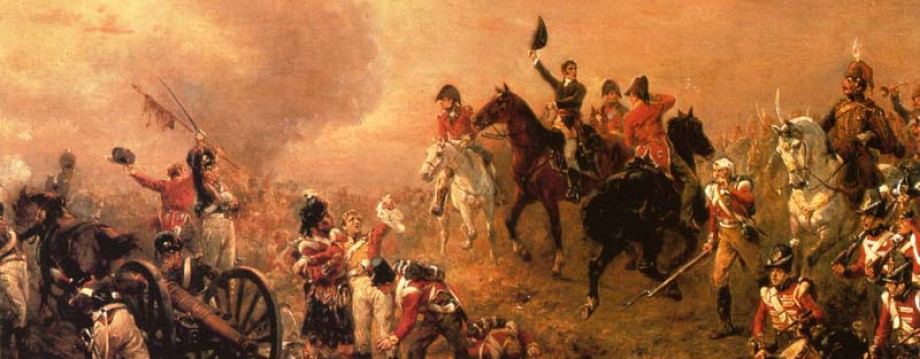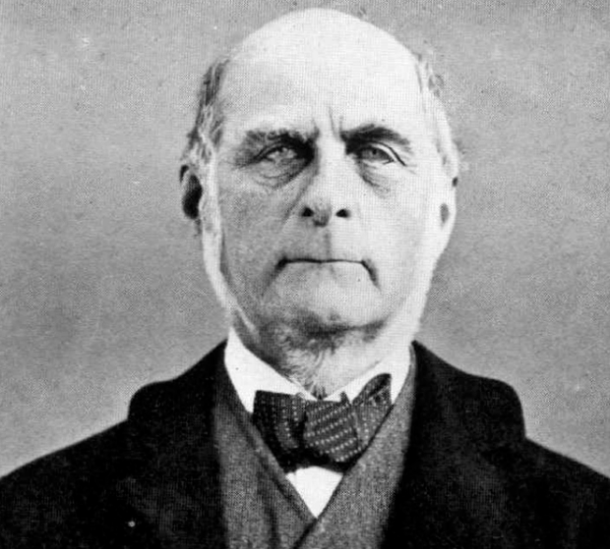Sir Francis Galton was a powerhouse of science, producing over 340 books and papers on a variety of subjects including hereditary genetics, inheritance of intelligence, and anthropological studies into characteristics of the human subject. He conducted one of the first mass data collections on the ‘subject’ through the use of surveys and data analysis, attempting to chart hereditary behavioural patterns.
Galton’s grandfather was Erasmus Darwin, and his half cousin was Charles Darwin. The Galton’s were a distinguished family of Quakers who were mostly bankers and gun-makers. Galton however, who was something of a child prodigy, was instantly drawn to the study of science, the body and mathematics. He studies both medicine and mathematics before his father died in 1844. This left Galton financially independent, and he was able to explore several avenues of scientific exploration. He also travelled extensively, from Eastern Europe, Eygpt, the Sudan and down the Jordan. He began to publish books about his adventures, some of which proved very popular, and one (‘The Art of Travel’) is still in print today.
In 1853 Galton met and married Louisa Jane Butler (1822-1897) but the couple did not have any children.
For me the most fascinating aspect of Galton’s varied professional life was his studies into human variation and his theory of Eugenics; which is now viewed as rather absurd but proved very popular at the time. Galton was inspired by Darwin’s 1859 publication ‘The Origin of the Species’ which hinted on this subject when discussing the breeding of domestic animals. Galton’s fascination with the idea of the survival of the fittest inspired him to undertake large scale data analysis. He surveyed thousands of people, producing theories from the data he meticulously collated.
Most of these subjects came from the lower classes, who had had little or no contact with the state before. They had very little visibility beyond records of their birth and death, with very little statistical evidence to plot any trends in the life, health or reproduction of these lower classes. Therefore there was a certain amount of anxiety from the middle classes about their apparent lawlessness, poverty and ill-health.
Visualisation of the subject in this way was facilitated by the vast expansion in state controlled hospitals, schools and prisons. Although set up with the intention of providing for the public’s needs, these state apparatus recorded each patient, student or convict as they entered the institutions, therefore increasing the visibility of the subject. They recorded ages, heights, addresses, and any previous convictions. This information was then used freely, and without the subject’s prior knowledge, to make hypothesis about any hereditary characteristics that they might be passed on to any current or future offspring.
Galton himself coined the term ‘Eugenics’ in 1883 in his book ‘Inquiries into Human Faculties and its Developments’. The term refers to the the belief that the genetic population of the world can be consciously improved. Those considered ‘positive’ citizens, hard-working with no genetic or hereditary health problems, would be encouraged to reproduce. Those considered ‘negative’ citizens, the homeless or unemployed, those with a mental or physical disability, would be actively or forcefully encouraged not to reproduce. Galton gave examples of this group of people, ‘the lunatic, idiot and pauper asylums, the prisoners, the patients in hospitals…the crippled, the congenitally blind.’ Galton encouraged these lower echelons of society, the ‘residuum’ not to reproduce. This was described as ‘Negative Eugenics’. These people would be encouraged to live apart from the ‘normal’ sections of society. They would be encouraged or forced into sterilisation. As the popularity of the Eugenics movement grew, this did begin to happen, but it was never a universal policy in Britain. Eugenics proved to be rather popular with the middle classes, who were anxious about the apparent barbarism of the lower classes. By claiming that these sorts of people were lost causes, they could feel better about their complete lack of sympathy or practical aid to help them out of their position.
Galton used photography to try and categorise was he called the ‘Criminal Type’. By collecting a vast number of photographs and creating a composite by merging the images together, he thought he had caught an image of what a criminal type looked like. The plan was to use this to stop future crimes. Of course such a scientific proposal would now be thought of as laughable. Indeed Eugenics received continual criticism despite its popularity amongst the middle classes. Its lack of scientific proof and the fact that it was a clear attack people’s human rights meant that it was considered by many to be a dangerous movement. Its policies mirror those of the Nazi party in their treatment of ‘undesirables’ during the Second World War. Indeed after the war, the popularity of the Eugenics movement would never recover.
In 1909 Galton was knighted, and he continued to work on his theories until his death two years later. University College London holds most of Galton’s papers and his composite photographs. Having recently been open again to academics, it provides a wealth of research opportunities into Galton’s life and theories.






